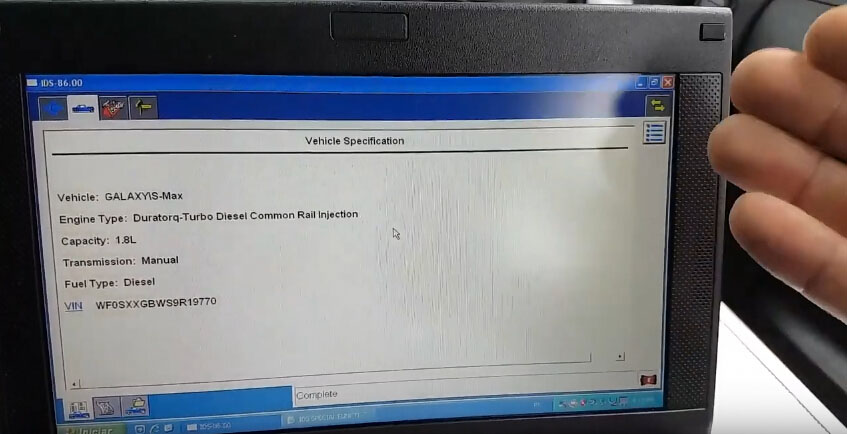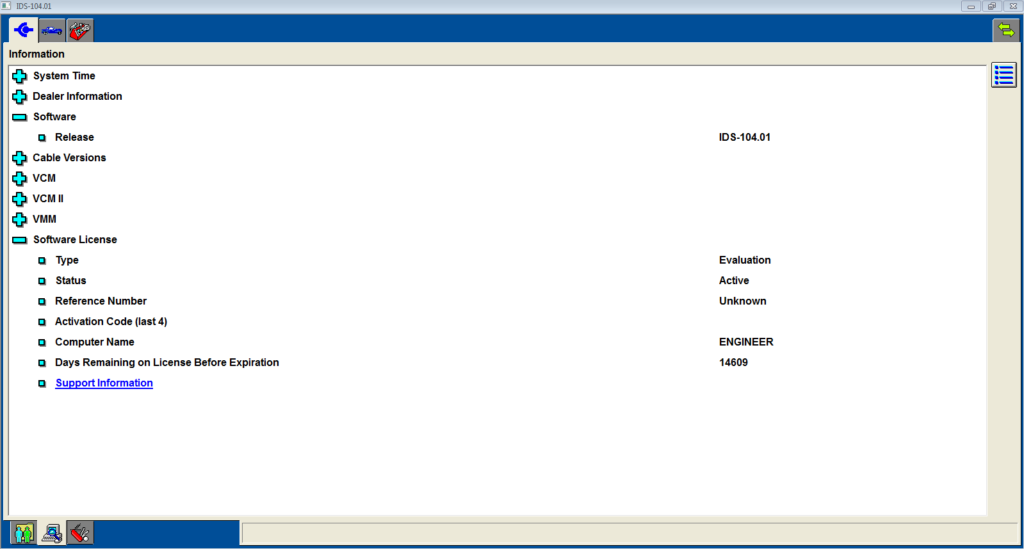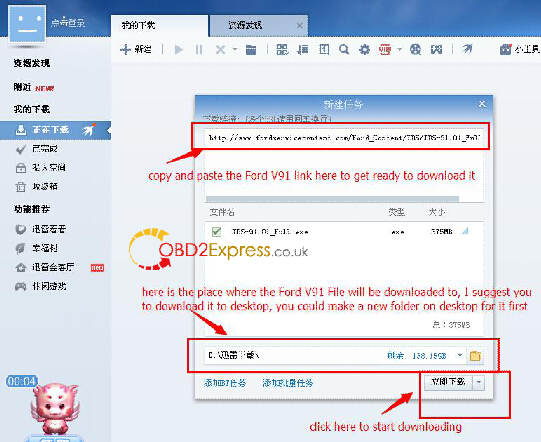

Replacing the timing chain and other components is labor-intensive and not an easy and cheap job. In addition to a faulty timing chain, worn-out oil can damage the 3.5 EcoBoost timing chain guides, tensioners, and cam phasers. A significant contribution to the durability of these engines is following the recommendation of oil change intervals (and even shortening them). Turbocharged engines are very aggressive to the engine oil. The most common symptoms that may indicate timing chain-related issues are the following: cold start rattle, drivability issues, check engine light, and DTC P0016 fault code. This issue primarily affects first-gen 3.5 EcoBoost engines from 2010-2014, and it is about stretching the timing chain. Let's try to highlight common problems and failures as well as discuss the overall reliability of the 3.5 EcoBoost.įord 3.5 EcoBoost timing chain problems. So many EcoBoosts delivered hundreds of thousands of miles without a single breakdown and still going. Is the 3.5 EcoBoost a good engine? Overall, the 3.5-liter EcoBoost has proven itself on the good side in terms of reliability. And finally, the compression ratio was increased from 10.0:1 to 10.5:1 (excluding H.O.). All these changes are aimed at reducing friction and mechanical losses. Cylinder heads now have a roller-finger follower valvetrain and light hollow camshafts. New chains are also more durable and less prone to stretch due to an increased thickness of the side plates.

The cam chain drive sprocket on the crankshaft is a double gear arrangement. New 3.5 EcoBoost is equipped with a two primary chain system (there is one separate timing chain driving each cylinder bank). New Borg Warner turbocharger has turbine wheel made of MAR-M-247 super alloy and electrically actuated wastegate reducing turbocharger lag even more.

The operation of multi-port fuel injection is combined with direct injection, what covers a raised fuel output needs but also prevents a carbon buildup on the intake valves keeping the engine on the same level of performance during a long mileage. The upgraded engine received a number of changes, but the most noticeable of them is the addition of multi-port fuel injection and new turbochargers. In 2017, Ford has revised the design of the 3.5L EcoBoost and a new more powerful version became available for the 2017 F-150, 2018 Expedition, and 2018 Navigator.

The Second Generation of the 3.5 EcoBoost Engine The engine also features modern electronic components: Coil-On-Plug (COP) distributorless electronic ignition system, advanced Bosch engine computer unite, high accuracy knock sensors, IAT sensors, MAP sensors, wideband O2 sensors, and etc. The intake manifold, charge pipes, and stock intercooler end tanks are made of plastic. After turbochargers, exhaust gases go through fast cat-converters to keep emissions low. Turbochargers are attached to high strength cast iron low internal volume exhaust manifolds. 90 percent of its peak torque is between 1,550 and 5,500 rpm. They are smaller, variable-vane, high-pressure turbos allowing peak torque faster (at just 2,500 rpm), and reducing turbo lag. The 3.5 EcoBoost uses twin parallel mounted Borg Warner K03 turbochargers for truck version and Garrett GT15 for other applications. The key component that provides excellent performance is a turbocharger. The pump delivers fuel pressures up to 2150 psi. The intake camshaft from the driver's side has an additional lobe driving a high-pressure fuel pump of the direct fuel injection system. Ford also applied Twin Independent Variable Camshaft Timing (Ti-VCT) on this engine. Camshafts are driven by a single primary chain. The valvetrain has polished solid buckets - Direct-Acting Mechanical Bucket (DAMB). The diameter of intake and exhaust valves is 37 mm (1.456 inches) and 31 mm (1.220 inches). GDI fuel injectors are placed below-center of the intake valves. An oil pan is also aluminum.ģ.5L EcoBoost cylinder heads are aluminum with four valves per cylinder, pent-roof combustion chambers, centrally located spark plugs (iridium spark plugs), and two overhead camshafts. The cylinder block got oil jets spraying oil on the underside of the pistons to keep them cool and strong. High-strength aluminum and CNC machined pistons have low friction coating on the piston skirt and piston top shape specially designed for efficient combustion. The engine is equipped with forged steel I-beam connecting rods and forged steel crankshaft with 6-bolt main bearing caps. The EcoBoost block is all aluminum and an open-deck design with high strength steel sleeves. The 3.5 EcoBoost is built around the Duratec 35 (Ford Cyclone V6 engine) engine block with the same bore and stroke dimensions.


 0 kommentar(er)
0 kommentar(er)
